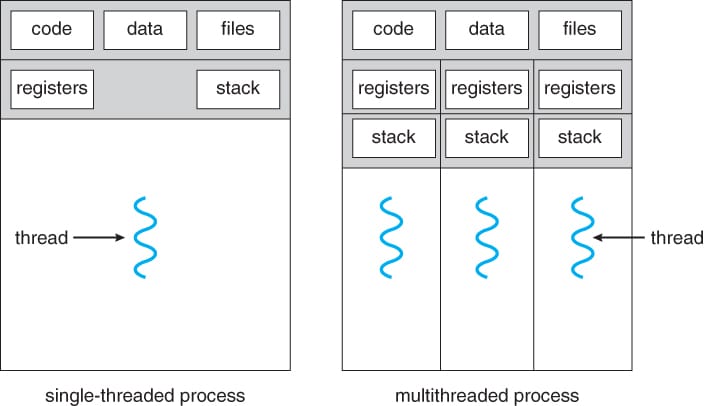ETL, ELT and Reverse ETL

In the world of data engineering, three acronyms frequently surface: ETL, ELT, and Reverse ETL. Each represents a different approach to data processing, catering to specific needs and scenarios. In this post, we'll break down these concepts, exploring their workflows, benefits, and use cases.
What is ETL?
ETL stands for Extract, Transform, Load. It's a traditional data integration process used to move data from various sources into a data warehouse or data lake.
- Extract: Data is extracted from different source systems, which could be databases, APIs, flat files, etc.
- Transform: The extracted data is transformed to fit the desired format. This includes cleaning, deduplication, aggregation, and applying business rules.
- Load: The transformed data is loaded into a target system, typically a data warehouse or data lake.
Advantages of ETL
- Data Quality: Ensures data is clean and consistent before loading.
- Performance: Reduces load on the target system by performing transformations beforehand.
- Complex Transformations: Suitable for complex data transformations that require multiple steps.
Use Cases
- Data Warehousing: Populating data warehouses where clean, integrated data is crucial.
- Business Intelligence (BI): Feeding data into BI tools for analysis and reporting.
What is ELT?
ELT stands for Extract, Load, Transform. This process is similar to ETL but with a key difference: data transformation happens after loading the data into the target system.
- Extract: Data is extracted from various sources.
- Load: The raw data is loaded into the target system, usually a data lake or modern data warehouse.
- Transform: The data is then transformed using the processing power of the target system.
Advantages of ELT
- Scalability: Leverages the processing power of modern data warehouses and data lakes.
- Flexibility: Allows for more complex transformations using advanced analytics and machine learning.
- Speed: Faster initial load times since data is loaded directly into the target system.
Use Cases
- Big Data Analytics: Handling large volumes of data that require extensive processing.
- Data Lakes: Storing raw data for future processing and analysis.
What is Reverse ETL?
Reverse ETL is a newer concept that involves moving data from a data warehouse back into operational systems. This enables operational teams to access analytics-ready data in the tools they use daily.
- Extract: Data is extracted from the data warehouse.
- Transform: Data is transformed to fit the schema and format of the operational system.
- Load: The transformed data is loaded into operational systems like CRM, marketing platforms, or ERP systems.
Advantages of Reverse ETL
- Operational Efficiency: Provides operational teams with real-time, analytics-ready data.
- Enhanced Decision-Making: Enables data-driven decisions by integrating insights directly into operational workflows.
- Improved Customer Experience: Delivers personalized experiences by syncing customer data across systems.
Use Cases
- Customer 360: Providing a unified view of customer data across marketing, sales, and support systems.
- Personalization: Enabling personalized marketing campaigns and recommendations.
- Operational Analytics: Integrating analytics insights directly into business operations.
Conclusion
ETL, ELT, and Reverse ETL each serve distinct purposes in the data processing ecosystem. ETL is ideal for ensuring data quality and performing complex transformations before loading. ELT takes advantage of the scalability and processing power of modern data warehouses, making it suitable for big data analytics. Reverse ETL brings analytics insights into operational systems, enhancing decision-making and operational efficiency.
Understanding these processes and their use cases helps in choosing the right approach for your data integration needs. Whether you're building a data warehouse, processing big data, or integrating analytics into operational workflows, knowing when to use ETL, ELT, or Reverse ETL is crucial for success.



Comments ()